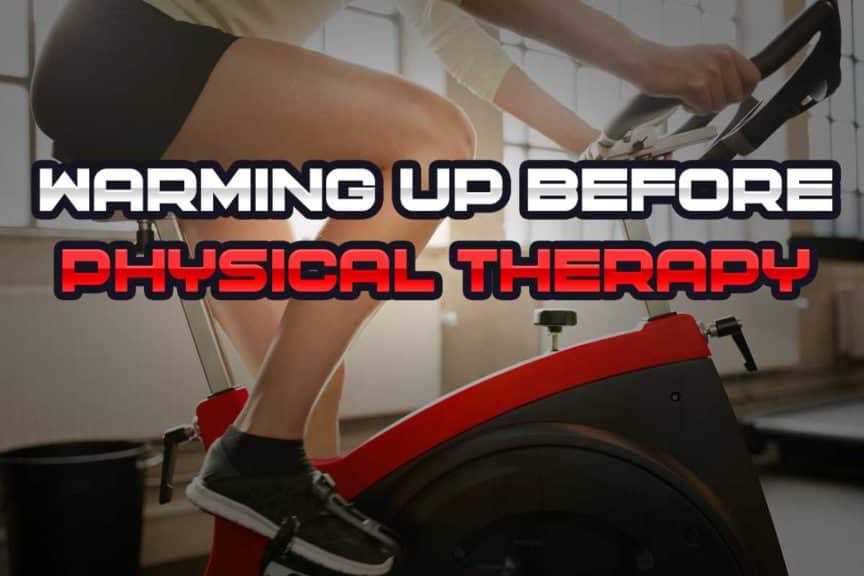What to expect for your physical therapy sessions will be a bit different for each individual and their reason(s) for visiting. Often, people wonder if they need to warm up or physically prepare for their appointment. And if you happen to wonder this same question, this article is going to walk you through all that you need to know.
Warming up for physical therapy is usually not required. It can, however, be beneficial if your treatment sessions are largely exercise-based and that you can warm up before your session without pain. This is typically confined to late stages of injury rehab, such as in return-to-play protocols.
There are some pretty valuable specifics to go over when it comes to knowing how you might want to warm up for any of your physical therapy sessions, so keep on reading if you want all the details!
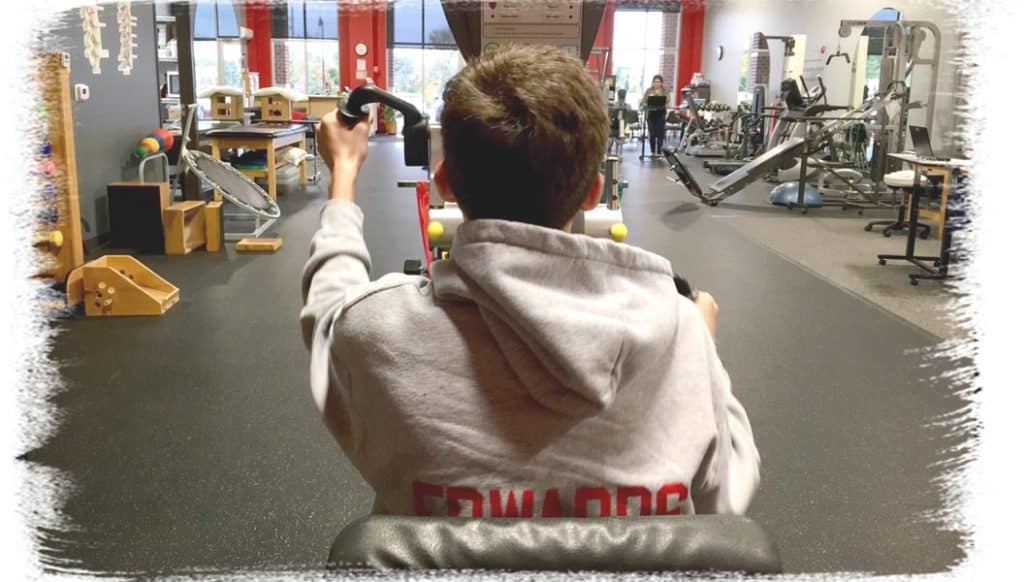
ARTICLE OVERVIEW (Quick Links)
Click/tap on any of the following headlines to instantly navigate to that section of the article!
• Why warm up at all?
• How to tell if you should warm up
• When NOT to warm up
• Types of warmups to consider and perform
Related article: Physical Therapy Exercises: Here’s How To Stick To Them For Success
Disclaimer: While I am a physical therapist, I am not YOUR physical therapist. As a result, I cannot tell you whether or not any information in this article is appropriate for you to act on; everything in this article is for informational purposes only. By following any information on this site or within this article, you are doing so at your own risk. You are advised to seek appropriate medical insight for any pain you may be experiencing.
Why warm up at all?
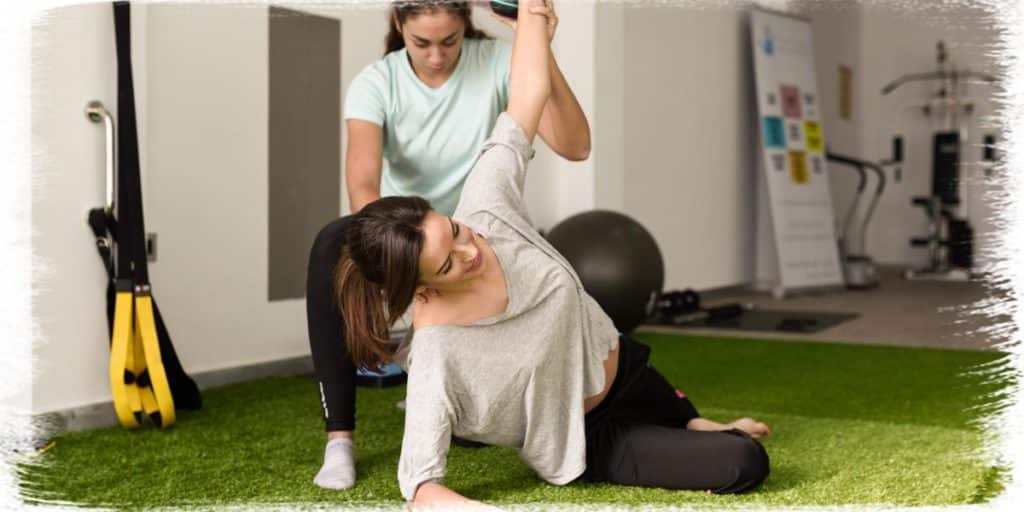
Again, as stated at the start of this article, warming up for physical therapy sessions isn’t typically required. Still, it can hold some welcomed benefits, if appropriate to do so.
Sometimes your physical therapist may recommend performing a very brief and mild warm up (which can often be done at the clinic). If this is something that your physical therapist advocates for, the rationale is that it will in some way be beneficial to your actual treatment session. If you’re not sure exactly how, you can always ask!
Related article: Five Massive Reasons Why Physical Therapy Is Important After An Injury
The main benefits of an appropriately implemented warm up include:
- Your body will be more prepared for movements or activities you may need to perform.
- Your tissues (muscles, tendons, joints, etc.) will be more pliable and respond more appropriately or ideally to any manual therapy that your physical therapists may perform.
- You may experience less pain or discomfort during your treatment session.
Pro tip: If you know that it’s appropriate (or part of your rehabilitation program) to warm up for your session, it may be a good idea (if possible) to complete your warmup right before your session begins rather than at the start of your session. While this isn’t always possible, doing so can allocate more time to your actual treatment session. (i.e., if you do a five-minute warm up right before your session rather than at the start, your therapist can spend 30 minutes with you, rather than just 25).
How to tell if you should warm up
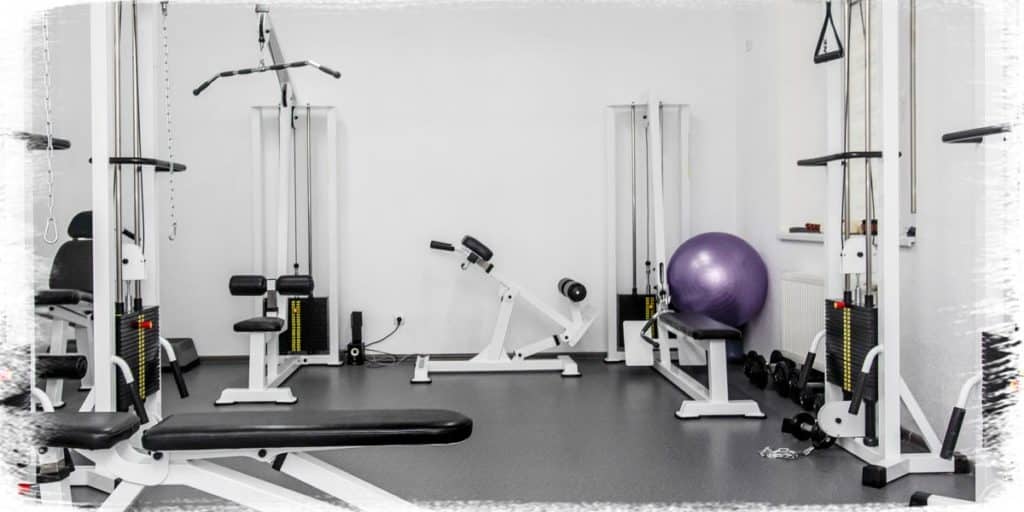
While only your physical therapist or other licensed healthcare professional can tell you whether or not it may be appropriate for you to do a light warm up before your physical therapy session, here are a couple of indications that you can consider:
- If you are in the later stages of your rehabilitation and you know that your session will likely consist primarily of challenging physical movements, exercises or activities, a light warm up may be appropriate.
- If your session with your therapist will be primarily focused on improving the mobility or tight or immobile muscles, tendons or joints, you might benefit from warming up before this commences.
- If one of the goals of your rehabilitation is to ensure that your physical endurance stays high or that your cardiovascular system stays healthy, a warm up (such as on a bike or walking on a treadmill, etc.) can help to maintain or meet these goals while you continue to work on your primary rehabilitation.
When NOT to warm up
There are plenty of times when a warmup won’t be needed before a physical therapy session. There are also plenty of times when a warmup shouldn’t be performed. You’ll want to be aware of the following points, as they will most certainly indicate when you won’t want to warm up before your appointment or session.
Here’s when it’s likely not appropriate to warm up:
- If you haven’t had any sessions yet with your physical therapist (i.e. you haven’t yet been evaluated for what may be causing your pain or condition). A warm up may make your pain or condition worse; you’ll need to see if your therapist advises for warmups before your future sessions or not.
- If your pain or discomfort is increasing at any point in your warm up.
- If you’ve had any unexpected, worsening changes to your injury, pain or condition since your last session.
Related article: How To Prepare For Your First Physical Therapy Appointment
Types of warm ups to consider and perform
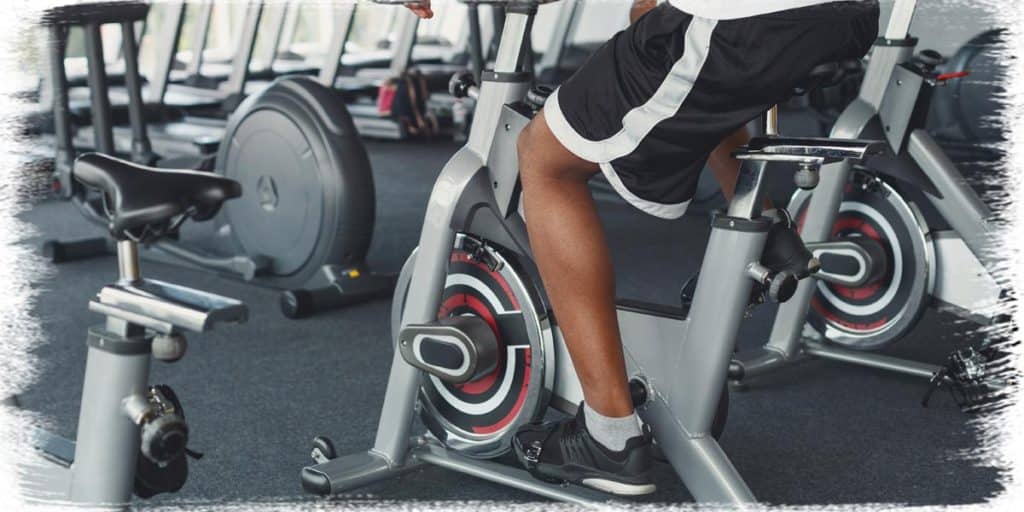
If you do need to warm up before your physical therapy session(s), it shouldn’t need to be anything physically intensive or time-consuming. Even just spending a few minutes performing an appropriate activity that keeps your heart rate elevated should suffice just fine.
You’re not warming up for a sports championship here; you’re just trying to improve the blood flow and fluid dynamics to the area of your body that will be receiving some treatment.
Most warmup activities can be done at the physical therapy clinic you’re attending; these facilities most often have appropriate exercise equipment for doing so.
Here are some of the main considerations with how to perform your warm up:
- Your warm up will need to be appropriate for your overall health status and your current physical injury, condition or limitations.
- Any warm up that you do shouldn’t be exhausting, cause physical pain, or worsen your condition (either during the warm up or after).
- If you’re recovering from a lower-body injury or condition (and you’re in the early stages of your rehab), you may need to do a warmup that’s confined to your upper body.
- If you’re recovering from an upper-body injury or condition, you may need to do a lower-body warm up.
- A full-body warm up can be beneficial, but only if it’s appropriate for your current condition or status.
Pro tip: If it’s appropriate for you to warm up, but you’re not sure what may be best for exactly how to do so, you can always ask your physical therapist. They will be very familiar with your injury or condition and will be able to help create an ideal warmup for you based on your needs.
Final thoughts
While it’s not commonly required, there certainly are some solid benefits to doing a general warm up for your body before receiving physical therapy treatment, if warranted.
If you plan on warming up before your physical therapy session, make sure that you know that it’s appropriate to do so. You’ll want to speak directly with your physical therapist and get their recommendation as to whether or not a warmup is needed or appropriate before your physical therapy sessions.
If warmups are something that you can benefit from, they only need to be very light in intensity, likely ranging from five to ten minutes in length. Pick a method of warming up that is appropriate for your injury or condition, and make sure that your pain or condition never worsens while warming up. Remember, you can always ask your physical therapist if you need specific guidance with performing a warm up that is most appropriate for you.

Hi! I’m Jim Wittstrom, PT, DPT, CSCS, Pn1.
I am a physical therapist who is passionate about all things pertaining to strength & conditioning, human movement, injury prevention and rehabilitation. I created StrengthResurgence.com in order to help others become stronger and healthier. I also love helping aspiring students and therapists fulfill their dreams of becoming successful in school and within their clinical PT practice. Thanks for checking out my site!

